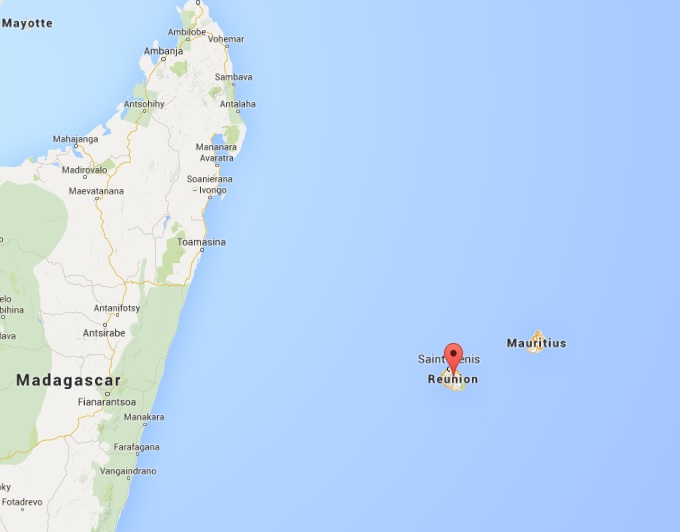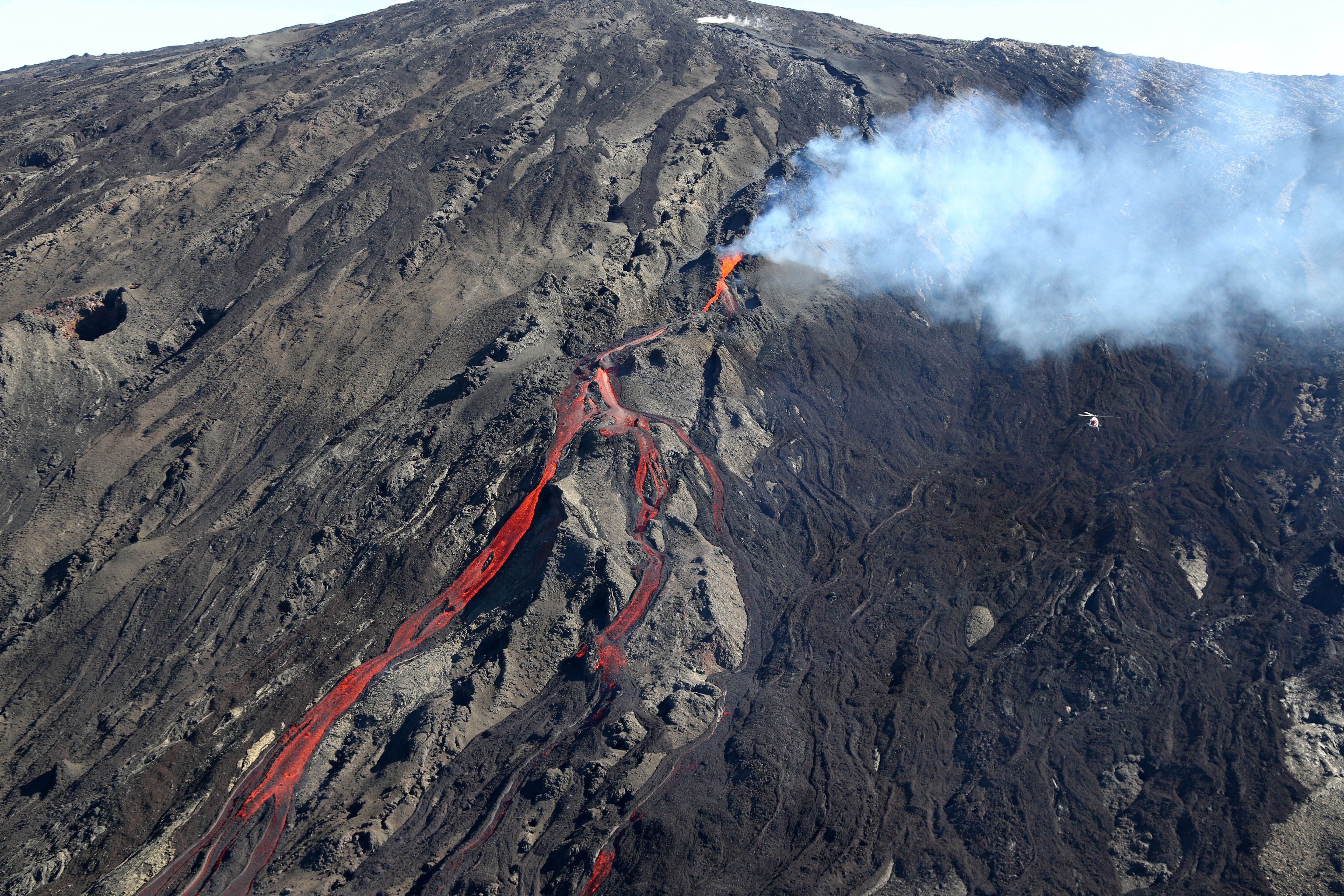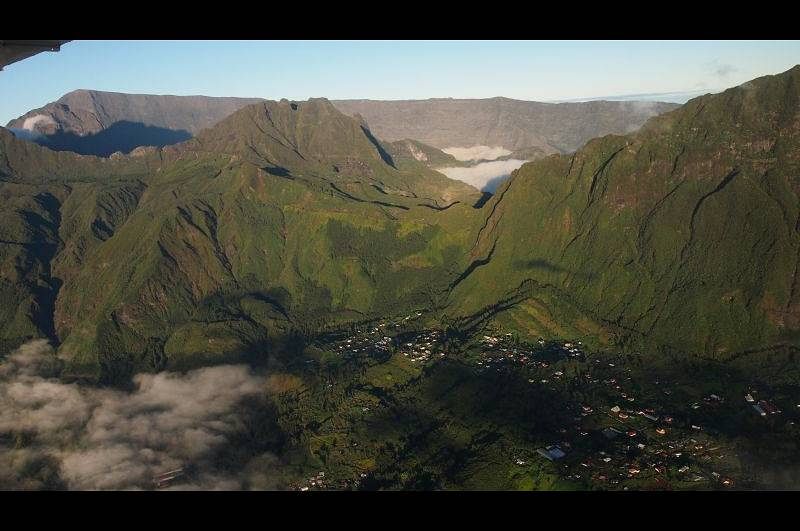French and Malaysian authorities are trying to determine if a piece of plane debris found on the French island of Reunion on Thursday (July 30) is part of the missing Malaysia Airlines flight MH370.
The plane disappeared on March 8, 2014, with 239 passengers and crew on board, some two hours after leaving Kuala Lumpur for Beijing.
Experts believe that currents sweeping the southern Indian Ocean could have deposited wreckage from the plane onto shores of the island located off the east coast of Madagascar.
Here are some things to know about Reunion Island, also known as La Reunion in French:
1. One of the youngest islands in the world

The island first broke the surface of the Indian Ocean less than three million years ago, making it one of the youngest islands in the world.
Discovered by the Portuguese in the early 16th century, it was originally called Bourbon when the French claimed it in 1643. The island was renamed Reunion in 1793.
The population is made up of Europeans, Creoles, Indians and some Chinese. French is the official language but Creole is widely-spoken.
2. 'Mini-Hawaii'

Like the US state of Hawaii, Reunion is located above a hotspot in the Earth's crust. It is also home to one of the most active volcanoes in the world, Piton de la Fournaise.
The island is known as a travel and surfing destination.
Lonely Planet calls Reunion "magical" with its waterfalls, stunning landscapes, vibrant coastal cities and black and white sand beaches.
3. National Park is World Heritage Site

United Nations Educational, Scientific and Cultural Organization (Unesco) classified the island's national park as a World Heritage Site in 2010.
Spanning up to 40 per cent of the island's 2,500 km sq territory and dominated by volcanic peaks and cliffs, Unesco said the area creates "a remarkable and visually appealing mosaic of ecosystems and landscape features".
4. Popular vacation spot
Tourism plays an important economic role. Peak season on the island is from June to September, which coincides with France's summer break.
Popular activities on the island include trekking and hiking. Some thrill-seeking travellers have even tried crossing the Trois Salazes Ridge that goes as high as over 2,100m.
5. Shark-infested waters
Since 2011, there have been 16 shark attacks in the island's waters. Seven of them were fatal.
In April 2015, 13-year-old rising surf star Elio Canestri died after he was attacked by a shark in front of seven of his friends.
The number of licensed surfers has fallen from 1,600 to 400 following the death of bodyboard champion Mathieu Schiller in 2011. The number of surf schools has also dropped from 14 to one.
Authorities have culled sharks - namely tiger sharks and bull sharks - from the one-time surfer's paradise's waters to help combat the attacks.
6. Marine reserve to protect biodiversity believed to attract sharks
Established in 2007, a marine reserve was set up to protect biodiversity, restore damaged ecosystems, sustain fisheries, and rebuild over-exploited stocks. It is illegal to fish, spear fish or ride a jetski on the reserve.
Some surfers believe that the reserve attracts sharks because there are plenty of fish.
However, the Western Indian Ocean Marine Science Association says the marine protected area cannot be held responsible for attracting sharks, since fish stocks are still low inside those areas.
Source: AFP, Unesco, Telegraph, LonelyPlanet, RealtyToday, Western Indian Ocean Marine Science Association, welcometoreunionisland.com, surfermag.com, rhinoafrica.com

